All of America’s most famous glaciers are found in the West, especially in Alaska. And, though you won’t find any active glaciers in the Midwest or Northeast, ancient glaciers that swept across North America during the last Ice Age dramatically shaped the landscape of these regions. Each of these five green spaces provides evidence of our glacial history.
Interstate State Park — Minnesota and Wisconsin
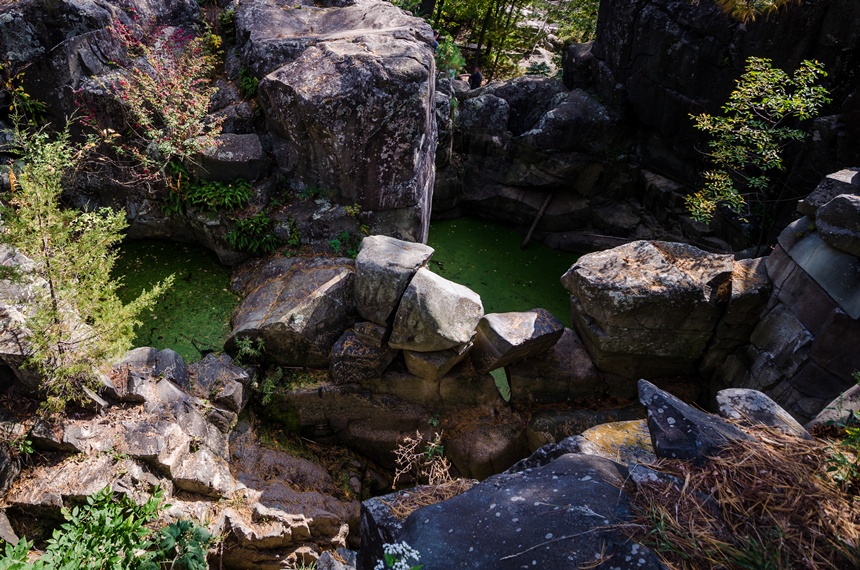
Straddling the states’ border, this aptly named park — actually a pair of individual parks bearing the same name and connected via a bridge across the St. Croix River — showcases potholes in all their glory. Yes, potholes, but not the kind that are the bane of motorists. Also known as kettles, they formed more than 10,000 years ago when glacial meltwater carrying sediment swirled about, eroding the hard basalt rock making up the soaring riverfront cliffs. The result: perfectly round potholes in all sorts of sizes. In Minnesota’s Glacial Potholes Area, you can wander across rocks, over bridges, and down stairs, spying enormous specimens, including a 26-foot-wide unexplored pothole called the Cauldron. Or gaze down into the Bottomless Pit; at 60 feet deep, it’s the deepest glacial pothole in the world. Dotting the landscape on the Wisconsin side are smaller potholes found along the short Pothole Trail that offers stellar views of the river gorge.
Kettle Moraine State Forest — Wisconsin
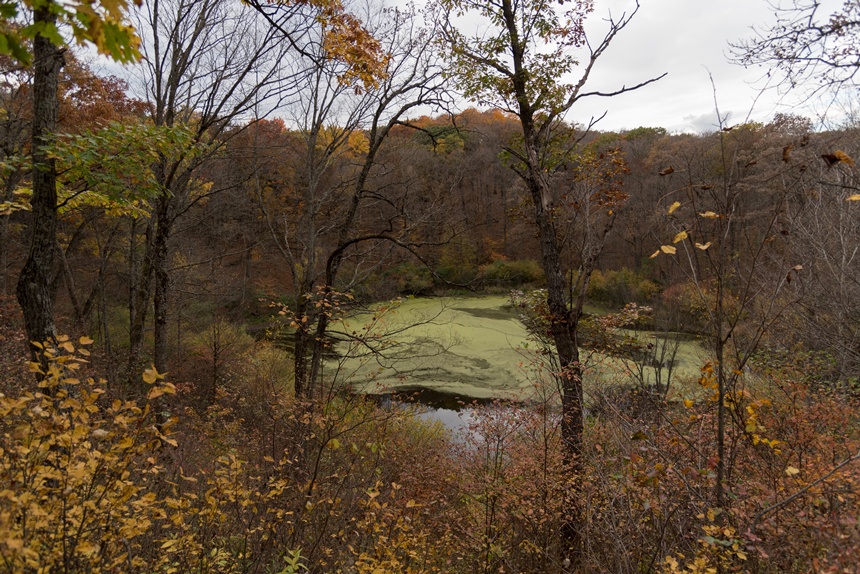
The two largest units of this state forest — the Northern and Southern — make up more than 50,000 acres of rugged terrain that shows off a glacial legacy from more than 20,000 years ago. Gravel, sand, and rocks carried by moving ice sheets were left behind when the ice retreated, forming steep ridges (moraines), outwash plains with water-filled pits (kettles), piles of boulders (erratics), and conical hills (kames). In the Northern Unit, hikers can enjoy the Long Lake Recreation Area with a short but challenging trek to the scenic summit of Dundee Mountain, a 270-foot-high kame. Then head to either of two beaches to swim or picnic. Along the Rice Lake Nature Trail in the Southern Unit, you’ll notice glacial erratics beside the path, as well as wildlife such as painted turtles, blue herons, and bullfrogs. Filled with spring water, Ottawa Lake (a kettle formation) is a good place to fish for panfish and walleye.
Moraine Hills State Park — Illinois
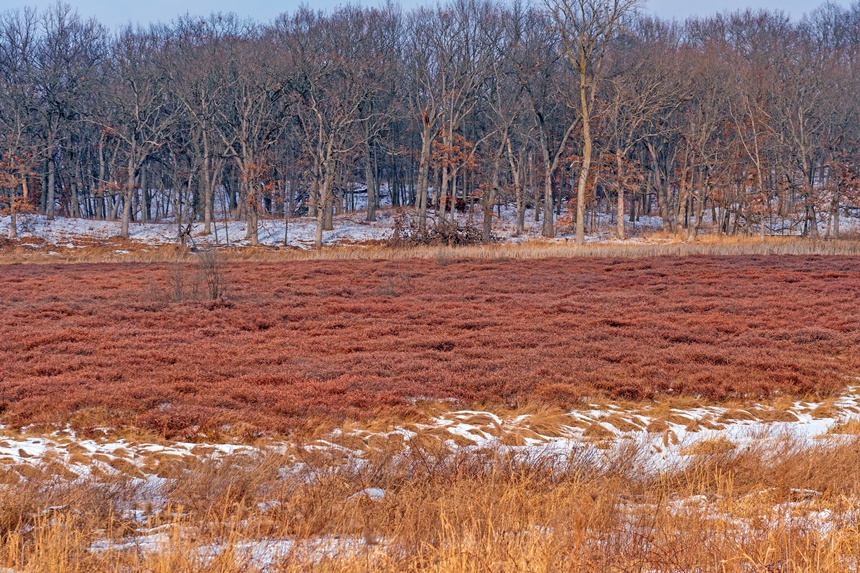
With its 2,200 acres of forested ridges and hills, this state park owes its identity to the massive numbers of boulders and other debris left behind when the glacier melted thousands of years ago. Expansive Lake Defiance, a favorite with anglers who hope to snag Northern pike or largemouth bass, is a kettle lake, created by ice that fractured from the glacier and then melted. (Grass pickerel, common carp, or yellow perch are a less common catch.) The almost four-mile red trail that circles this lake takes you through wetlands and woodlands, where you can spot wildflowers and listen to the honking of sandhill cranes. Another interesting kettle formation is the vast Leatherleaf Bog that’s coated with sphagnum moss and ringed with heath. Those taking the hilly, three-mile, blue-blazed path coursing around the periphery may see a variety of birds such as wood ducks, mallards, and ospreys.
Roque Bluffs State Park — Maine
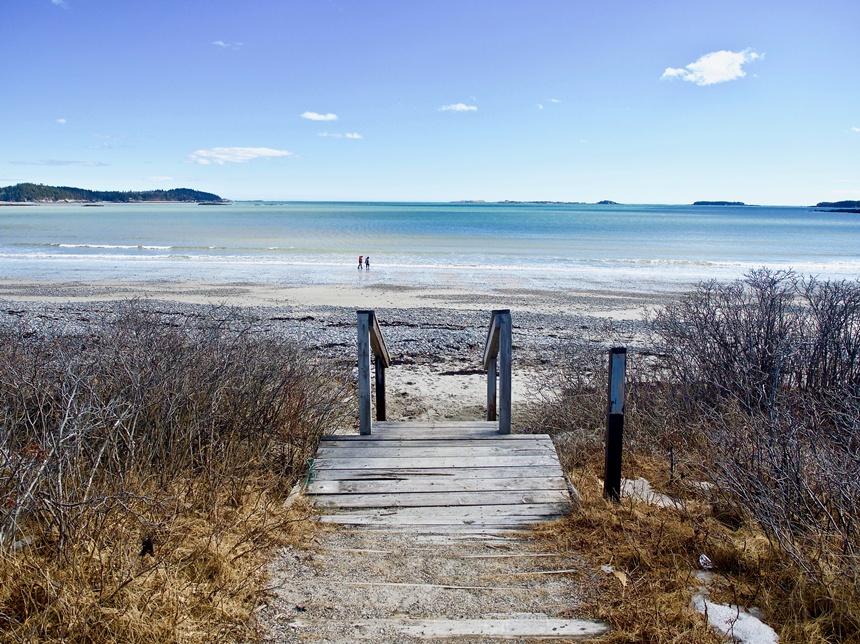
Stone-laden shores and rugged bluffs are expected along the coast of Maine. But visitors to this 274-acre state park can thank the erosion of a glacial moraine for an unusual sight: a sandy/pebbly beach sweeping along Englishman Bay. In the summer, ring-billed gulls, sandpipers, and plovers skitter about. (The park also sees other avians, including bald eagles and yellow warblers.) At one end of the beach is an outcrop of bedrock that’s etched with a series of bands created by powerful glacial movements. Behind the beach, shallow Simpson Pond makes for a lovely, warm-ish, fresh water swimming site in contrast to the bracing salt waters of the bay. This body of water also attracts kayakers and those who hope to catch trout. For a scenic picnic setting, hike the 1.6-mile (round-trip) Houghton’s Hill Trail that wanders through spruce forests to the summit where you can enjoy your lunch with scenic ocean views. Then it’s downhill to the bluffs soaring above Pond Cove.
Hammonasset Beach State Park — Connecticut
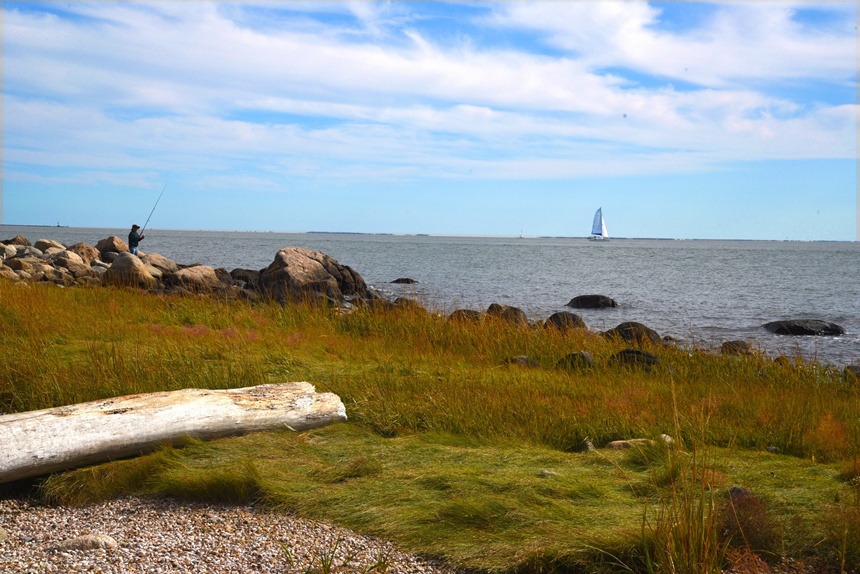
At this state park bearing an Indigenous name that refers to their farming practices — it means “where we dig holes in the ground” — it’s the 2.5-mile stretch of sandy beach that’s the signature sight (the sand is the result of the pounding ocean waves that, over time, eroded glacial sediments). The short waterfront Moraine Trail as well as the adjacent sands and water are dotted with numerous glacial erratics. Along this flat path, signage explains the origins of these boulders that were left behind as the last glacier retreated some 16,000 years ago. You’ll pass a small swath of beach coated with all sorts of shells, including common slippers. Keep your eyes peeled for numerous bird sightings, such as Northern mockingbirds and song sparrows. At the trail’s end are stunning views of Long Island Sound.
Become a Saturday Evening Post member and enjoy unlimited access. Subscribe now
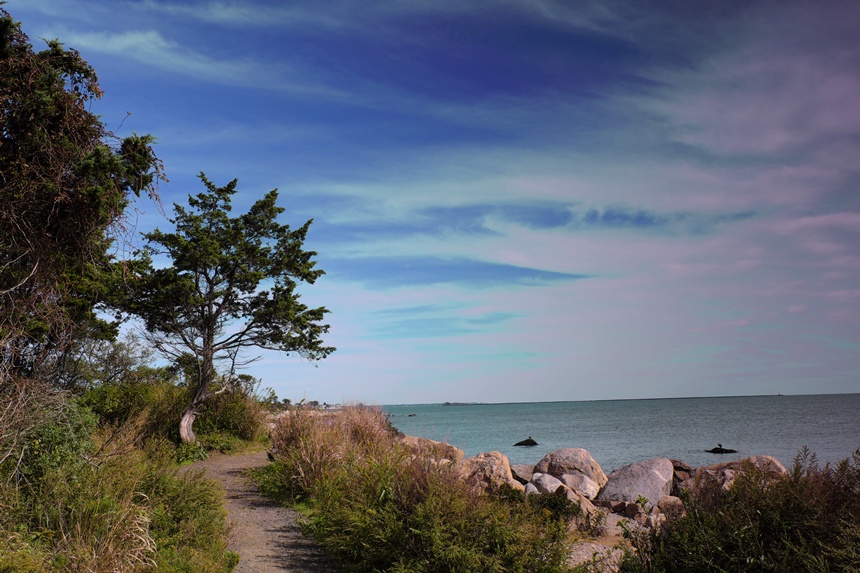
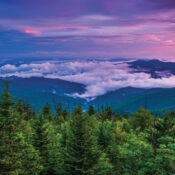

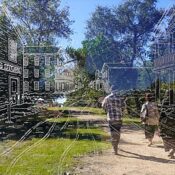
Comments
Wow Ms. Barone, it’s pretty fascinating how the last Ice Age changed the landscaping of each of these parks and forests. I wouldn’t know which to see first! Probably off-season in cool, not cold weather, and not at a glacier hotel. Just kidding; an old joke.